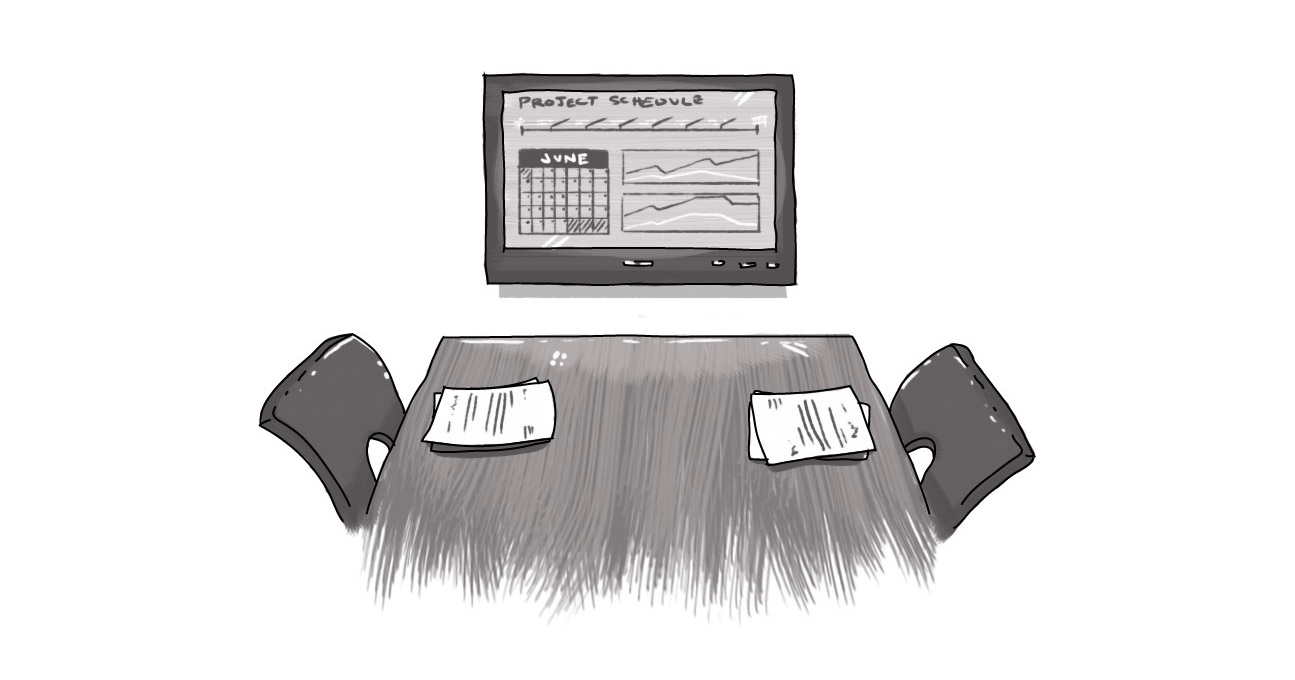How Can I Get My Web Project Back On Track?

The old adage states prepare for the worst, but hope for the best. Far too often we don’t actually truly take the potential for “the worst” actually happening all that seriously -- and, as this global COVID-19 pandemic has shown, things can change dramatically in an instant.
If you had a website project that had been placed on pause but is now ready to ramp up production again, this blog is for you. I am going to share some strategies to help you get a web project back on track.
Risk Factors Explained
Breakdowns in communication
Did something change and it didn’t get to the team? Are you not able to touch base because you have a million things on your plate and this website is only one-tenth of your to do list? As an account manager, I 100 per cent get that because it happens to me too, but Communication Breakdown isn’t just a killer Led Zeppelin track, it’s also the number-one project killer.
Assumptions
You may think you’ve explained something perfectly. However, the other person may have heard (or interpreted) something completely different. Or, you figure “oh this is how it works” because that’s how it’s always worked before (and they figure the same -- but in a completely different way). Assumptions without validation can be devastating to a project, and you never want either party to say, at any point, “Well, that’s not what I expected.”
New Stakeholders, Change in Project Champion
Adding or having people leave mid-way (either on your team or on the web development team) is disruptive. You lose some of the historical goodwill and there will be new or different opinions, work styles, and assumptions, which may or may not actually match what you were planning for in the first place.
Insufficient Resources
Sometimes this comes back to not having the time to touch base because you have a million things on your plate and the website is only one tenth of your to-do list. Sometimes this comes down to the budget just not matching all the wonderful things you really would like to see. Being unwilling to hear that you can’t always get what you want (sticking with the classic-rock theme) or helping figure out ways to work within your availability is a disconnect that is often hard to get past.
How To Get Back On Track
It all comes back to communication, having conversations, and building the relationship together. First, ask yourself these questions:
- What ownership do you want the web agency to take?
- What is your ownership in the situation?
- What do you feel is missing?
Now, together with your web agency project manager work to review issues, determine a solution or new path forward.
Assumptions? Show examples instead of just talking about them -- from either getting demos from the development team, or, if you have seen an example you know that matches what you want, showing it to the development team so they can tell you what is possible.
Resourcing issues? Look at phased approaches, or prioritize what fits in your budget now and keep the rest in a parking lot for if there’s room at the end.
Overall? Be honest with yourself and with the teams on both sides. After all, everyone’s in this together. We all want to end up with work that we are proud of.
The Project Intervention
Account Managers, like me, are responsible for client satisfaction, retention, project success, and project profitability. So when a project goes “off the rails” so to speak, the buck stops with us.
Tips for the perfect intervention:
- Include project stakeholders and higher ups -- everyone needs to be included, as the goal is for everyone to leave the meeting in alignment;
- Face-to-face is best -- and video calls count as face to face. A phone call is second-best, email is last;
- Create or ask for an agenda, and make sure it clearly outlines the reason for the meeting;
- Be sure to review impact on timelines and budget; and
- Document decisions.
Ultimately, the account manager will create the plan to get the project back on track. Here are some good win-win outcomes to work towards:
- Revised project timeline;
- Revised minimum viable product; and
- Reallocation of budget to another portion of the project (more user research, additional development, etc.)
Project Gating
Now, to make sure the project does not fall off the rails again, ask your web partner to use Project Gating. These are mutually agreed upon checkpoints where everyone on the team needs to be in alignment in order to move forward with the project at all. They are pass or fail. It mitigates all risk factors we talked about, keeps communication flowing, and helps to keep people motivated and productive -- especially over long, complex projects.
Gates are a great time to review project success metrics, fulfill external requirements, or to use as the cross-reference point where the whole project team and stakeholders get to check in on progress.
The number of gates will vary depending on the size of your project and the team members involved.
Project gating often doesn’t get done 100 per cent properly in a lot of cases because the very thought of STOPPING mid-project, especially if some part of the invoice has already been paid for work completed, does not compute for a lot of people. But, if you have a runaway train, you can’t control it and it’s just going to keep going in the direction you may not want it to.
SUBSCRIBE TO OUR E-NEWSLETTER
 Subscribe
Subscribe


